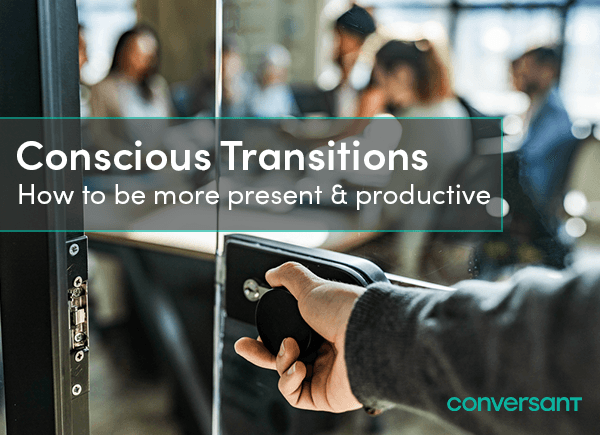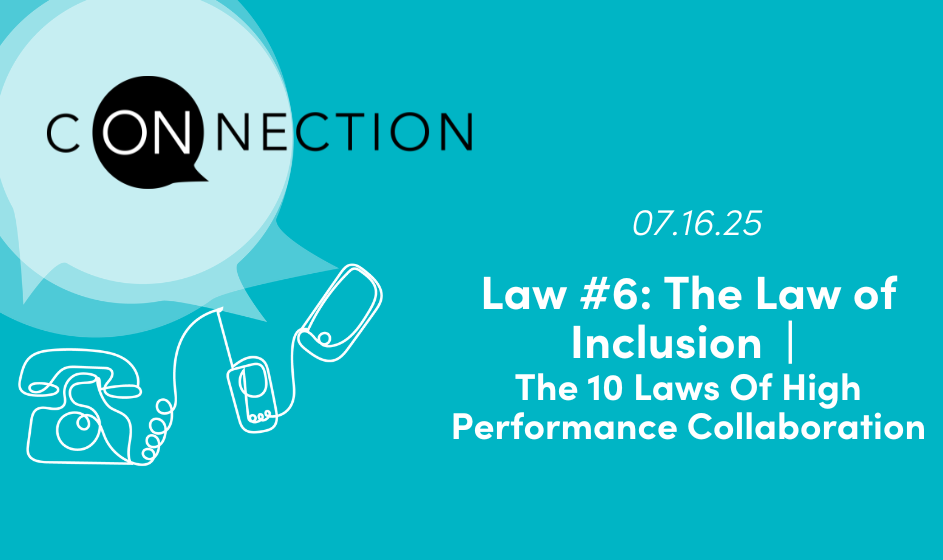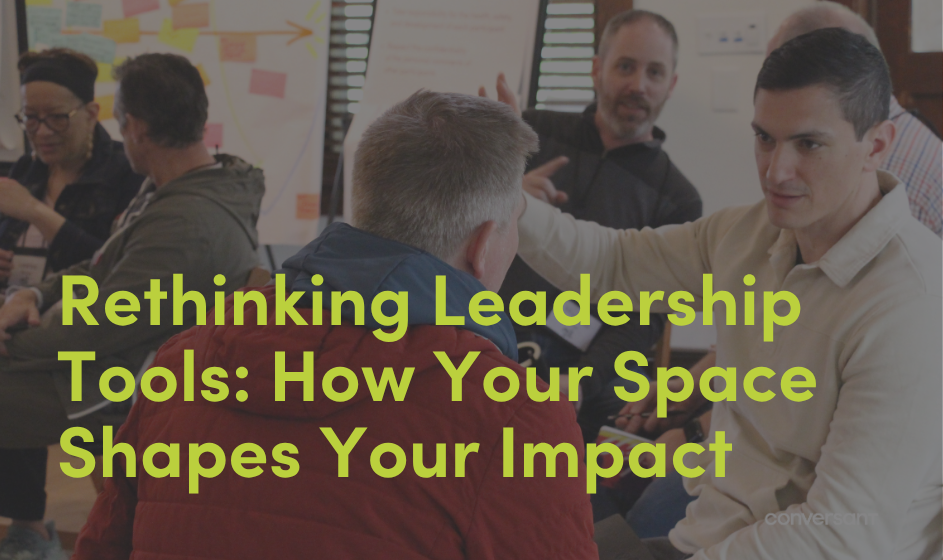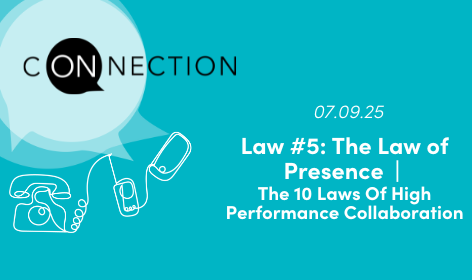For any of us who grew up in the American public school system, and perhaps others, the leaders of our schools had a basic understanding of what it took to move from one class to another. Over the course of a day, a series of bells were our auditory cues that a class was either to start, or to end. If the bell was at the end of a class, this indicated that we needed to gather our things and move to our next class. There was time set aside for this movement that included time to stop by my locker to trade out books, as well as a bathroom break if needed. There might even be a moment to pause in the hall to talk to a friend about what we are going to do after school. Simple, right? Build in time between classes to leave the last class behind, prepare for the next one and take care of my biological needs. Common sense.
Somehow, I took all of this for granted. I must have assumed that for the rest of my life, someone would be ringing bells for me, and I would respond like a Pavlovian dog. I say this as I look at my calendar and see that I have meetings back-to-back-to-back throughout the day, hoping that somehow the laws of time and space will make an exception and magically transport and prepare me. To date, this has not occurred. Instead, I find myself asking others, “do you mind if we end 5 minutes before the hour?” or messaging coworkers, “I’ll be there in a few minutes, running late.” This seems to “work” as everyone seems to be really understanding. We must all be in the same predicament. That said, how present are we when we come into that next meeting? How much of the residue is still with us from the interaction we just left?
In the book The Vitality Imperative, the primary promise leaders can make for their own vitality and that of their organization is the promise of Presence. Our presence is the most important ingredient to our success. It’s been said that 80% of success is just showing up, and I used to think that meant simply getting my body to my next commitment. What I am learning it means is that how I show up, how I am managing myself and my intentions, are the keys to creating the right environment for my interactions. When I allow one interaction to complete, I can move cleanly into my next one. In every conversation, if I am clear on our purposes (what is important to us all), our worries or concerns, and the current circumstances we’re navigating, I can participate more fully and valuably. To be that intentional and present for each connection takes practice.
With COVID-19, these issues have been exasperated. With many of us working from our homes, our work hours and availability have generally increased. The time we used to spend in a car driving to and from work has disappeared. Our lunch meetings have vanished. Our travels, coffee stops, and trips to run errands or go to the gym all either acted as or facilitated our transitions. I remember driving home and thinking about what would happen in the evening with my family. That time is now shortened to 30 seconds and involves standing up from my desk, leaving my office, and walking to the living room. “Honey, I’m home!” has really lost its relevance.
We need to recall what our schools were trying to teach us and go even further. We need to create space between interactions that will allow us to finish what we are doing in one setting and prepare for what is important to us in the next. We need to consciously transition from one interaction to another, not just physically but mentally and emotionally, too.
One way to do this is to adopt a three-step transition of conclude, move, and arrive. You can download a handout version of the below in case you’d like to send it to your team or maybe print it out to keep at your desk as a reminder.
Conclude: Take a moment to gather yourself and your commitments after a meeting. When ending a meeting or just after, ask the following questions: What’s the most important “take away”? What did we agree on? What is left open? What needs to happen next? Take appropriate notes as necessary.
Move: Get out of your chair and move. This can include a bathroom break or a trip to the kitchen for a drink of water. Those are just starters. You want to shake up your nervous system and let your body know that something is changing. Do 20 jumping jacks. Run in place for a minute. Do the shimmy shake. If you can, go for a walk for 5 minutes. Whatever you do, let your body and nervous system have a different experience (even briefly) than sitting in a chair looking at the same screen you’ve been with for the last hour or so.
Arrive: As you arrive, become present cognitively, physically, and emotionally.
- Cognitive: As you come to your next meeting, ask yourself the following questions (even brief answers in your head can have a significant impact to your presence as you arrive): What is the purpose of this meeting? What outcomes are we expecting and hoping for? How will we do it (what is the agenda or flow)? Ask the agenda question last as it may shift once you are clear about the intent and objectives.
- Physical: At the beginning of the meeting, take a moment to become physically present. Get centered in your chair, take some deep breaths, allow yourself to settle, and focus your attention on the purpose of the meeting and the participants.
- Emotional: Notice what you are currently feeling and name it. Ask yourself, is this the mood I want to bring to this meeting? If not, what mood do you want to bring? If it is a video meeting, take a moment to look at each person on the screen, and then take in the entire group. Remember that they are all there for a purpose and they all have things they are dealing with outside of this conversation, too. Wonder for yourself, what might they be feeling right now?
At Conversant we have also been working with different meeting structures to enable conscious transitions. Several of us are experimenting with shorter meetings and intentionally creating time between events. We start meetings on the hour or half-hour. Instead of 30 minutes, we make them 25. Instead of 60 minutes, we make them 45 or 50. We reserve the “extra time” as transition time. To make this method workable, our teams have agreed to honor our meeting end times and hold ourselves accountable. If needed, we remind ourselves of the cost of not doing what we said we would do.
Our transitions between work to home are important as well. The same advice for being intentional, creating structure, and practicing apply.
As we experiment with creating conscious transitions and encourage our clients to do the same, we would love to know what you’ve been noticing about these moments between commitments. How do you tend to transition, whether consciously or unconsciously? What have you learned from adjusting to remote work? What advice might you have to offer? Let us know by commenting below or writing us a note.




